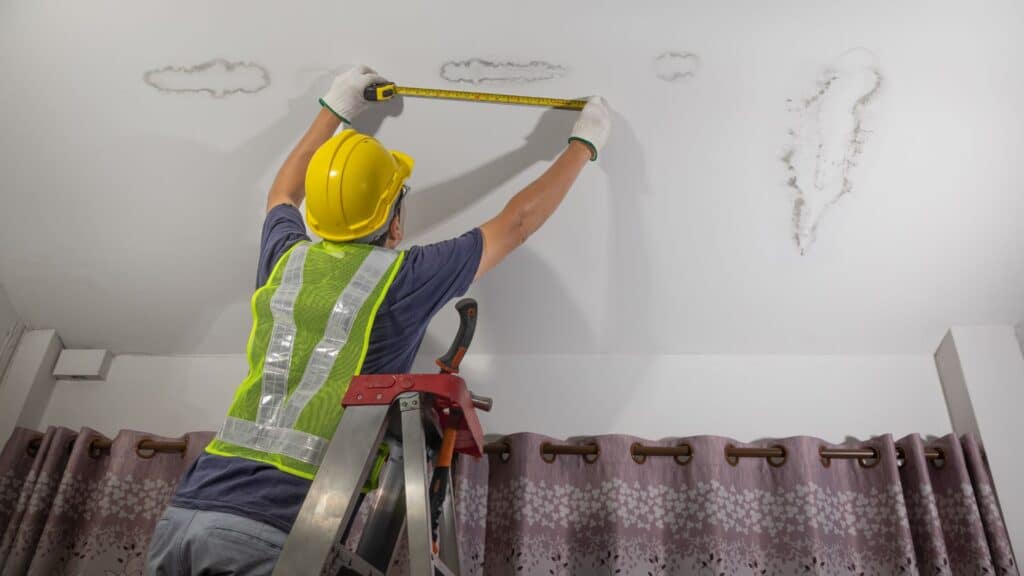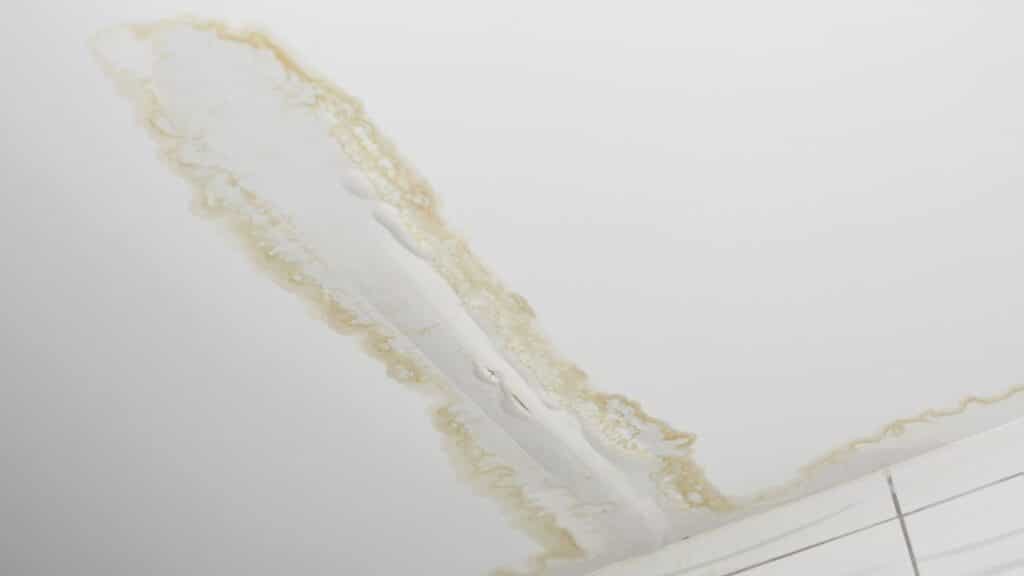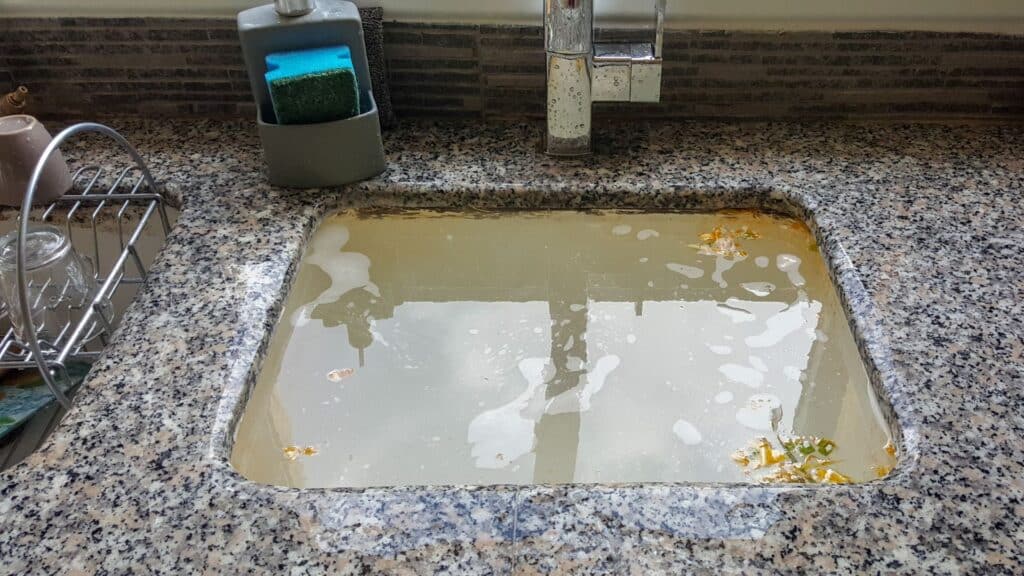If your home was built between the 1970s and mid-1990s, there’s a chance it has Poly B (polybutylene) piping. While Poly B was once a popular choice due to its affordability and ease of installation, it has since been phased out due to its tendency to deteriorate over time. Many homeowners don’t realize they have a plumbing issue until leaks start appearing—and by then, the damage can be costly.
Replacing Poly B plumbing before it fails can protect your home from water damage, lower insurance costs, and improve your overall plumbing system. In this guide, we’ll break down everything you need to know about Poly B replacement, including why it fails, the best replacement options, and what the replacement process looks like.
What Is Poly B Piping?
Polybutylene (Poly B) was a plastic piping material used in residential plumbing systems from the 1970s until the mid-1990s. It was marketed as a cost-effective alternative to copper piping and was commonly installed in hot and cold water lines throughout homes. However, over time, Poly B pipes began to fail, leading to significant water damage in thousands of homes.
Why Does Poly B Fail?
There are several reasons why Poly B pipes fail over time:
1. Chlorine and Chemical Reactions
Poly B is highly sensitive to chlorine and other chemicals found in municipal water supplies. Over time, these chemicals cause the pipes to deteriorate from the inside out, leading to cracks and leaks.
2. Poor Fittings and Connections
Many Poly B systems were installed using plastic fittings, which weaken over time. These weak connections are prone to sudden leaks, leading to hidden water damage behind walls and ceilings.
3. Temperature and Pressure Issues
Poly B pipes become brittle when exposed to high water temperatures and pressure. Over time, expansion and contraction cause the pipes to develop small fractures that can eventually turn into major leaks.
4. Insurance Risks
Because of its history of failure, many home insurance providers will not cover homes with Poly B piping or will charge higher premiums. Some homeowners only find out their Poly B plumbing is a problem when they try to renew or sell their home.
Signs You Have Poly B Plumbing

If you’re unsure whether your home has Poly B piping, here are a few signs to look for:
- Gray-colored pipes (often marked with “PB2110”)
- Pipes connected with plastic fittings instead of metal
- Pipes running through basements, attics, and utility rooms
- Leaks, discolored water, or fluctuating water pressure
- Water damage spots on walls or ceilings
If you suspect you have Poly B pipes, it’s important to schedule an inspection before problems arise.
Best Replacement Options for Poly B
When replacing Poly B piping, homeowners typically choose between two main materials: PEX or Copper. Each has its own benefits.
PEX (Cross-linked Polyethylene)
- Flexible and durable, making it easy to install
- Resistant to chlorine and corrosion
- More affordable than copper
- Minimal maintenance required
- Less prone to freezing or bursting
Copper
- Extremely durable, with a lifespan of over 50 years
- Resists bacterial growth
- More heat-resistant than PEX
- Ideal for high-temperature water lines
Most homeowners opt for PEX due to its affordability, durability, and ease of installation, but copper remains a reliable option for those who prefer metal piping.
What to Expect During Poly B Replacement
If you’re replacing Poly B piping, here’s what the process typically looks like:
- Inspection & Quote – A plumbing professional will assess your home and provide an estimate.
- Shutting Off Water Supply – The water supply to your home will be temporarily turned off.
- Removing Old Poly B Pipes – All Poly B pipes will be carefully removed.
- Installing New PEX or Copper Pipes – Your home will be fitted with a new, reliable piping system.
- Testing the System – The new pipes will be tested to ensure they function properly.
- Restoring Walls & Ceilings – If access points were cut, they will be patched and restored.
The replacement process typically takes a few days, depending on the size of your home and the complexity of the installation
Frequently Asked Questions
How much does Poly B replacement cost?
The cost depends on the size of your home, the type of replacement pipes (PEX or Copper), and labor. On average, a whole-home Poly B replacement can cost between $5,000 and $15,000. However, delaying replacement can lead to major water damage costs, which are often much higher.
2. Can I leave Poly B pipes in my home if they haven’t leaked yet?
Technically, yes—but it’s risky. Just because your Poly B pipes haven’t leaked yet doesn’t mean they won’t fail. Many homeowners only discover leaks after significant damage has occurred. Proactive replacement saves money and prevents costly repairs.
3. Will insurance cover Poly B replacement?
Technically, yes—but it’s risky. Just because your Poly B pipes haven’t leaked yet doesn’t mean they won’t fail. Many homeowners only discover leaks after significant damage has occurred. Proactive replacement saves money and prevents costly repairs.
How do I know if I need Poly B replacement right away?
If you notice any of the following, call a professional immediately:
- Frequent leaks or water pressure fluctuations
- Discolored water from taps
- Higher-than-usual water bills
- Visible cracks in pipes (especially near fittings)
Who should I call for Poly B replacement in Calgary?
If you live in Calgary and need Poly B replacement, contact AAA Heating and Plumbing. Our team of experienced plumbers specializes in safe, high-quality pipe replacement. We offer free consultations and affordable solutions to upgrade your plumbing system before disaster strikes.
Don’t Wait for a Leak—Upgrade Your Plumbing Today!
Replacing Poly B piping before it fails is one of the best investments you can make in your home. Not only does it protect against leaks and water damage, but it also helps you maintain home value, secure home insurance, and ensure long-term plumbing reliability.







